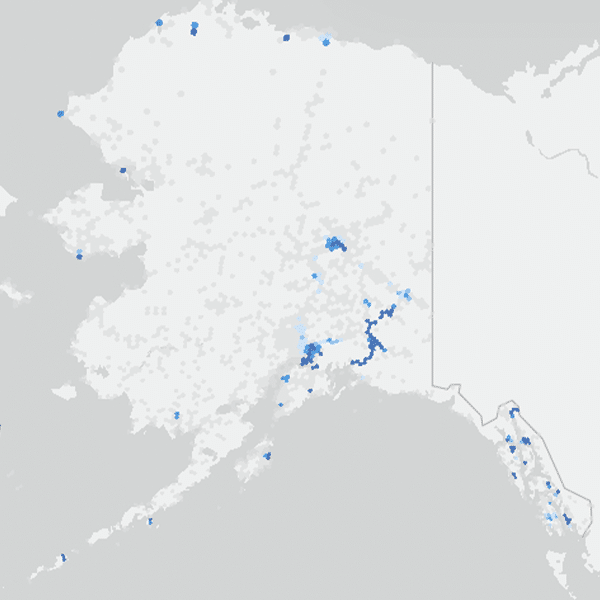 The FCC’s first ever report on illegal robocalls, including spoofed robocalls, revealed that since 2010 the agency has proposed or imposed money forfeitures of $245,923,500 against violators or apparent violators of the Truth in Caller ID Act or the Telephone Consumer Protection Act. Also today, the FCC proposed further action against spoofing.
The FCC’s first ever report on illegal robocalls, including spoofed robocalls, revealed that since 2010 the agency has proposed or imposed money forfeitures of $245,923,500 against violators or apparent violators of the Truth in Caller ID Act or the Telephone Consumer Protection Act. Also today, the FCC proposed further action against spoofing.
“No consumer wants to be bombarded by spoofed robocalls—they’re a waste of time at best and a scam at worst,” Chairman Ajit Pai said in a press release. “As this report makes clear, we’re steadfastly focused on addressing this serious problem. There’s no easy or single answer, but by using every tool in our toolbox, we are fighting against the onslaught of unwanted calls that has led a lot of consumers to stop answering the phone altogether.”
The report highlights other activities by the government, including 140 enforcement actions by the Federal Trade Commission against companies and telemarketers for abandoned-call, robocall and Do Not Call Registry violations. The actions recovered $50 million via civil penalties and $71 million in redress or disgorgement, the FCC said.
The Robocall Report discusses progress, including the recent availability of blocking technology from providers. Other measures include call ID authentication through STIR/SHAKEN standards by network operators. The report also describes a reassigned number database that helps legitimate callers avoid accidentally calling the wrong consumer when trying to reach a consumer who has signed up for a service.
In a second press release, the FCC said that it has proposed rules banning illegal spoofed text messages and scam calls from other countries. The action builds on the Truth in Caller ID Act of 2009, which did not extend to text messages until the passage of RAY BAUM’S Act of 2018.
A notice of proposed rulemaking adopted today proposes to extend the prohibitions to SMS and MMS text messages, calls originating from outside the United States to recipients within the country, one-way international VoIP calls and other types of calls.
Image courtesy of flickr user drewleavy.


